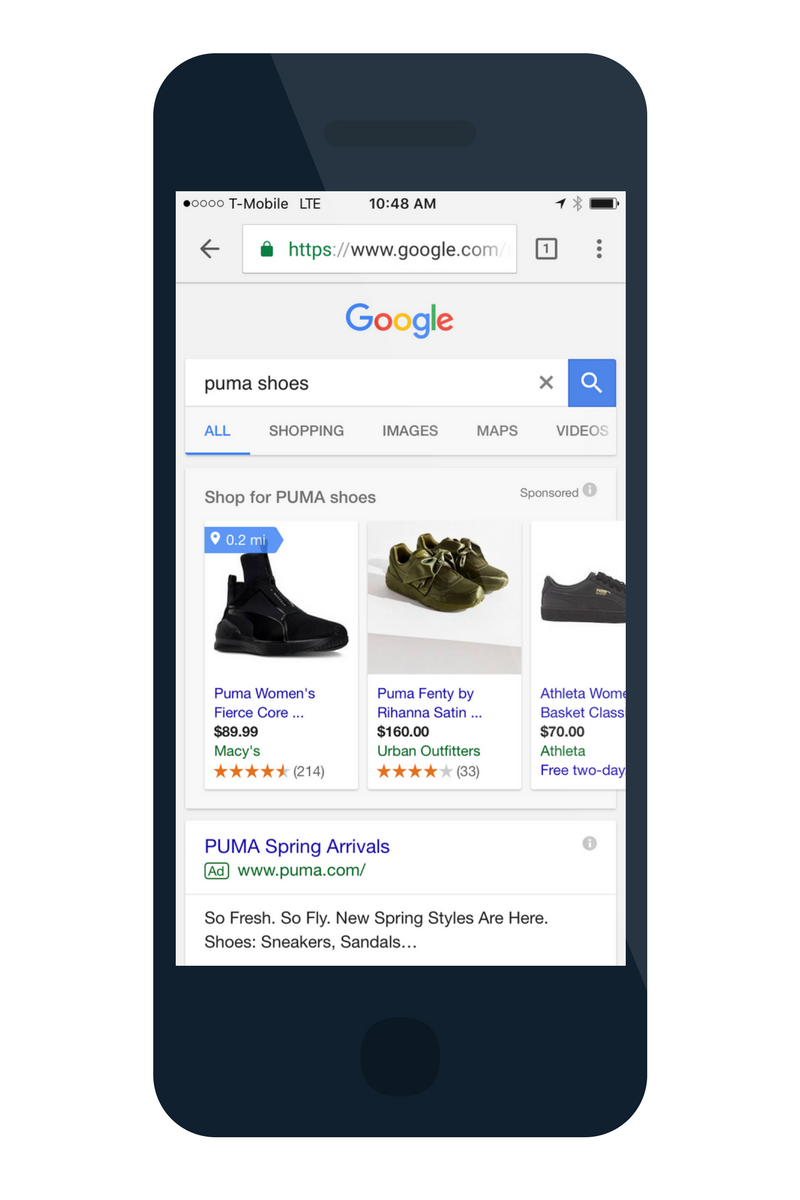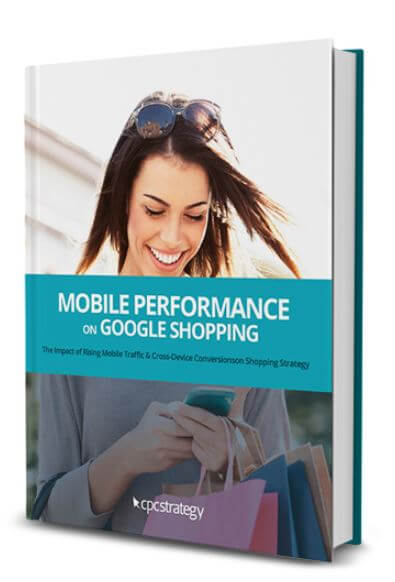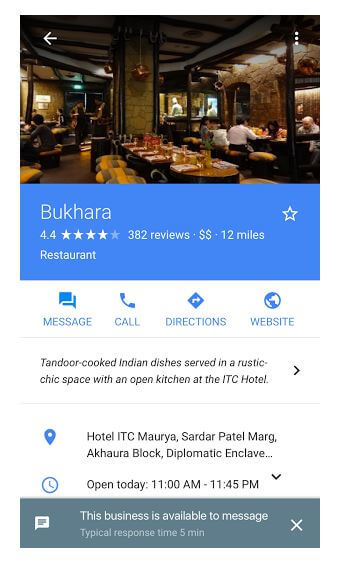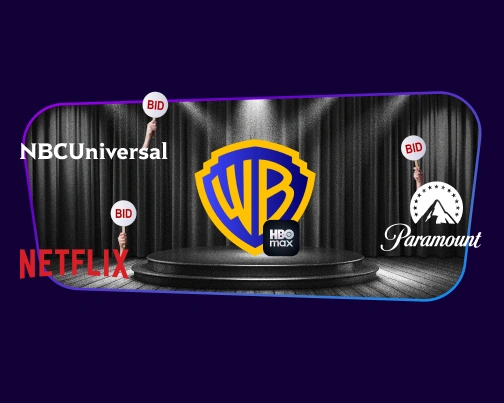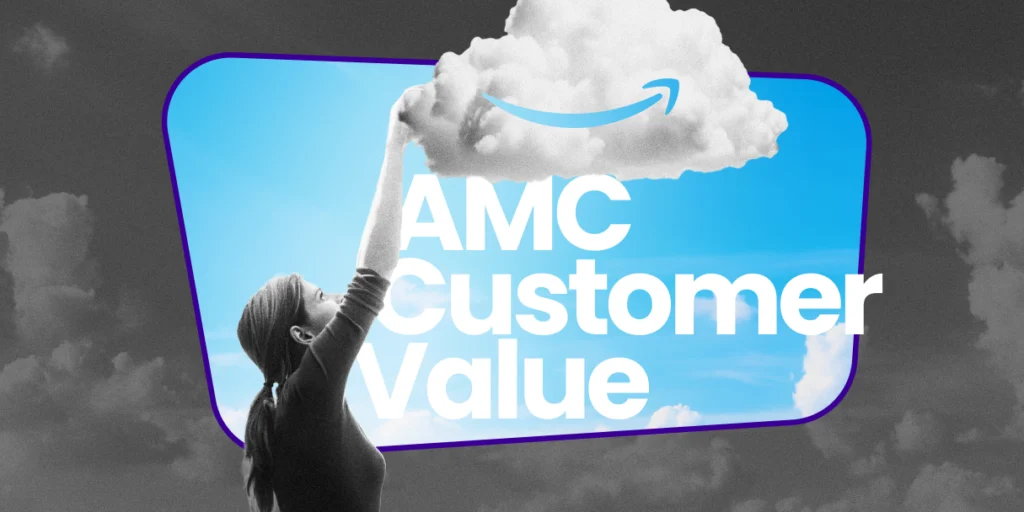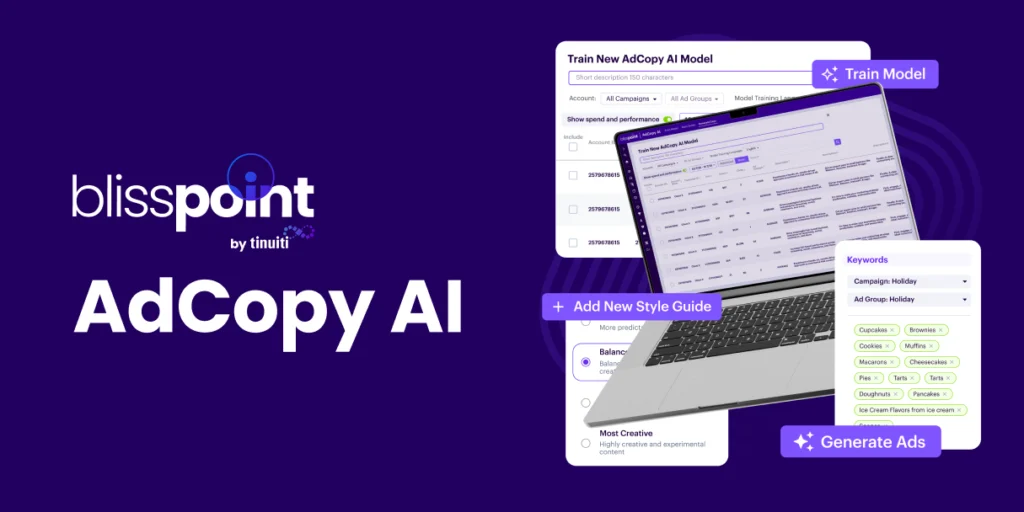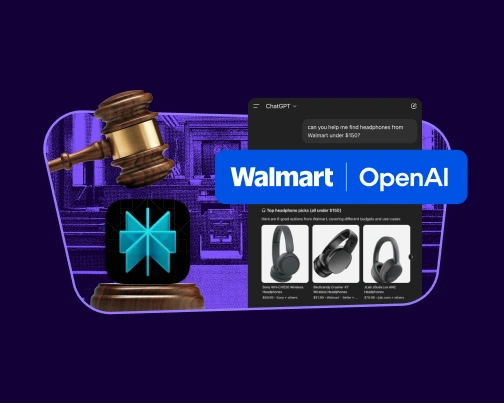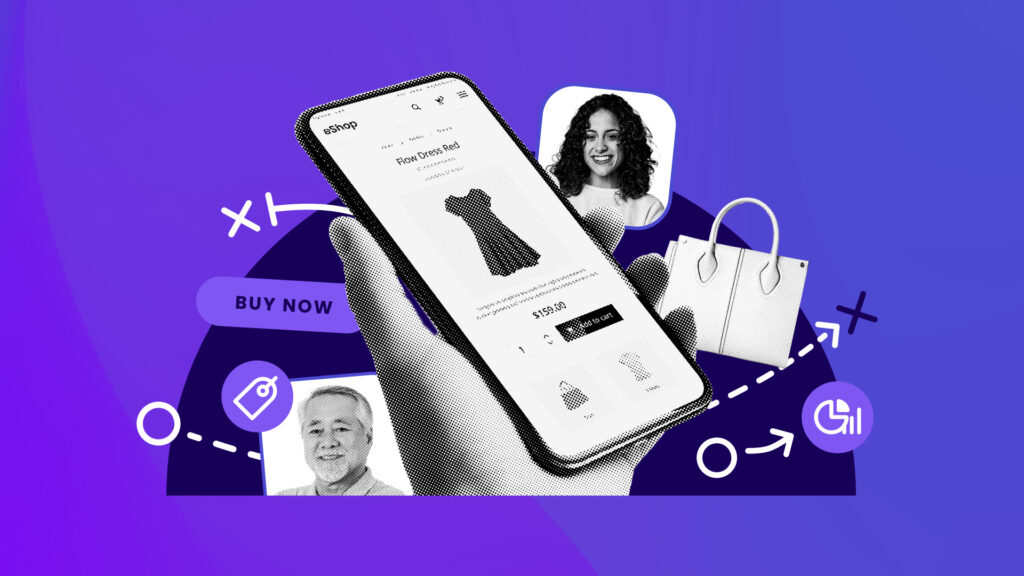For small businesses, local marketing is the ultimate lead generation tactic.
Not only can it generate foot traffic in your brick-and-mortar locations, but it can also power-up your SEO efforts, boost your search rankings and bring in more visitors to your website, ecommerce store or social media accounts.
The gist of local marketing is simple: raise awareness about your brand and offerings in the exact geographic areas you serve, and business will follow.
You may even oust the competition in the process.
Local Marketing Strategies of 2019:
Sound like a winning strategy you’d like to try?
Here are some of the most effective local marketing tactics we’ve seen to date:
1. Mobilize your website
Mobile searchers are the holy grail in local marketing. It means they’re on the go, in your neighborhood, looking for your services and products right this very second.
To best convert these important potential customers, consider developing a mobile-only website – one that displays perfectly and seamlessly no matter what small, portable screen it’s accessed on.
According to Google, 6 in 10 internet users in the US start shopping on one device, but continue or finish on a different one.
Additionally, Google’s research shows that on average, mobile searches on Google Shopping trigger nearly two follow-up actions, whether that’s a purchase or a store visit, and 55% of these actions happen within just 60 minutes.
It’s time to stop underestimating the part mobile plays in the Google Shopping purchase funnel, and prepare for a full-funnel mobile shopping future.
Want to learn more about the growth of mobile shopping?
Download the guide below to learn:
FREE GUIDE: “Mobile Performance on Google Shopping”
- The evolution of mobile Google Shopping
- Our data analysis of mobile performance year-over-year
- The best strategy for retailers to boost mobile traffic and conversions on Google Shopping
2. Optimize with geo-terms
Optimizing your website with general terms about your products and services is fine, but if you want local customers coming through your doors, you’ll want to get more specific than that.
Try targeted hyper-local keyword with specific city, neighborhood or even street names in them. You can even create landing pages for customers in certain areas and write blog posts and articles targeted just to their needs and interests.
By building a virtual “fence” around a location, “geofencing” lets you target a very specific group of potential consumers. It could be fans at a football stadium, concertgoers at an arena, museum patrons or even just riders on the subway.
The main goal? To connect you with viable customers in real-time, in the real world.
Below is an example of a geo-targeted campaign that successfully connected consumers with Urban Outfitters:
Working with Appboy and PlaceIQ, Urban Outfitters used dynamic audience filters to deliver messages based on shoppers’ real-world locations.
According to the feature by Marketing Dive, Urban Outfitters sent push notifications promoting party dresses to females who had recently visited bars and nightclubs.
The targeted campaign resulted in a 75% increase in conversions and a 146% lift in revenue.
3. Go local on social media
Whenever possible, tag locations and geographic areas in your social posts. You can also include your local keywords in your hashtags, profiles and bios, and work your city or neighborhood name into captions and other posts.
The more search engines see your brand in relation to those local terms, the better you’ll rank for local searchers.
For example, Facebook allows advertisers to target based on location:
Locations is simple, but important. This basically determines what areas, geographically, your ads will display in.
BLOG POST: “A Guide to Facebook Targeting Options”
Location specifications can be tailored via the following:
- Single or multiple countries
- Regions
- States
- Cities
- Postal codes
- Addresses
You have the ability to include or exclude certain areas as you further define your locations. When deciding where to run your ads, be aware of factors that can play a role in performance. Consider only running ads in areas you actually service.
The last thing you need to do is waste spend displaying ads in locations your business doesn’t ship to.
Alternatively, utilize the ability to limit the range of your targeting. For physical retailers, consider decreasing the size of your radius to improve local awareness ads.
4. Claim your listings
Listing your business in online directories can be a great way to associate your brand with a specific geographic address and location.
The most important listing you’ll want to claim is a Google My Business one, but Facebook, Yellow Pages/White Pages, Yahoo Local, Bing Places and Foursquare are big ones, too. Depending on your industry, there may even be service-specific ones you can list on.
“Google’s Latest Initiative Seeks to Put 63 Percent of Local Businesses on the Map“
Now, using the latest Google My Business Messaging tool, brands can turn their Google listings—along with some help from their mobile phones—into live chat devices to connect with buyers and potential customers on the fly.
Considering those listings already allowed mobile users to call, visit a brand’s website or view business ratings and reviews directly on their screens, this latest feature just rounds out the Google My Business experience for on-the-go consumers.
As seen in the example below, Google My Business Messaging allows users to chat with businesses right within Google’s mobile search results via a “Message” button, located right next to “Call,” “Directions” and “Website.” It also displays an estimation of a brand’s response time, based on past interactions.
5. Get testimonials
Most customers check out reviews before buying a new product or trying out a new service, so having great testimonials on your side – especially people from the same area or neighborhood as those who are reading them – can add some authenticity and trust to your brand.
If the reviewer includes their city or other local term in the review, that can also help your search rankings as well. Create a follow-up strategy to start building up your online reviews, and encourage them across all platforms – Google, Yelp, Facebook and more.
6. Localize your paid ads (if you have them)
If you’re putting resources toward paid online advertising, take steps to localize your creative. Add your local keywords and city name into your headlines and copy, and utilize location extensions where possible.
In AdWords, you can even link to your Google business page or include your local phone number for added local clout.
You can also optimize for mobile advertising with “Near Me” Searches and Google Local Inventory Ads, designed to make it easier for online shoppers to locate and identify inventory available in a company’s local store(s).
7. Get out in the community
It might sound a bit “dated” but try sponsoring a local sports team or back a community event. You can rent a booth in a health fair, donate an item to the high school’s raffle or just put your name on the backdrop of an annual convention or event.
The main goal is to get your brand seen by the movers and shakers in your area – particularly those who may be interested in your products.
8. Partner up
Consider partnering up with other businesses in your area that might share similar clientele.
Do you have a clothing boutique? Launch a pop-up event with a local jewelry shop.
Have a restaurant or café? Bring in a local brewer to do a tasting event.
Co-marketing events can bring attention to both your businesses without using up too much time or money.
9. Enhance your e-commerce
Local marketing can be a great way to boost sales and draw in new customers as a small business, but it doesn’t have to be mutually exclusive of your website. Consider adding localized services to your ecommerce store to get the best of both worlds.
For restaurants, enrolling in local delivery services like UberEATS or GrubHub can be great options, or for non-food businesses, you could offer in-store pickup or free in-store returns.
Another great way to turn ecommerce sales into foot traffic? Include an in-store coupon with every online sale.
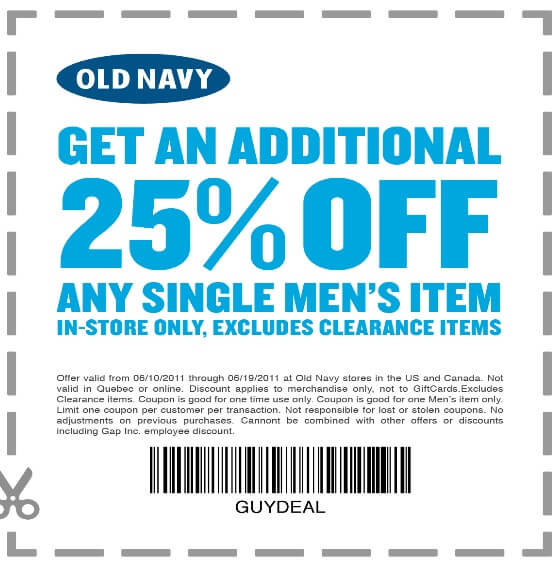
10. Use local media
Don’t forget to take advantage of local media to get your local links. Look for the local radio and TV stations, newspapers, magazines and participate in their discussion forums and blogs.
11. Link building (but with caution)
Before the Google Penguin update, leaving links to your site within comments on the appropriate blogs was considered a useful strategy. But now those links are not as powerful as they use to be.
According to Matt Cutts (former head of web spam team at Google) in the past, links from comments helped to build authority for websites. One potential resolution to this is use your own name when placing comments on blogs. According to Cutts, Google isn’t completely against links as long as they are useful.
Here’s some additional info from an interview with Cutts:
“I leave topically relevant comments on topically relevant sites all the time. So somebody posts an SEO conspiracy theory and I’m like, ‘No, that’s not right,’ I’ll show up and a leave a comment that says, ‘Here is the pointer that shows this is not correct,’ or, ‘Here’s the official word,’ or something like that. And I’ll just leave a comment with my name, and often even point to my blog rather than Google’s webmaster blog, because I’m just representing myself. So lots of people do that all the time and it is completely fine.”
12. (Bonus) 50 More Local Targeting Techniques!
Looking for more ideas, check out our additional post: “50 local marketing strategies for your business“.
Final Tip: Remember, even though local marketing strategies mainly benefit those businesses whose customer bases are local, every business can get advantages from them, since having a link from locally respected websites and blogs benefits any business whether it is local, national or international.
To learn more about local marketing strategies, email [email protected].
You Might Be Interested In


